

Health Impacts of Medical Waste
The healthcare sector is responsible for 4–5% of global greenhouse gas emissions, with medical waste incineration and improper disposal contributing to air, soil, and water contamination via toxic substances. Learn how the products we use to practice ophthalmology contribute to climate change and directly impact all aspects of human health, including the eye.
What's Important - Impacts of Medical Waste: Bodily Harm, Climate Change and Pollution
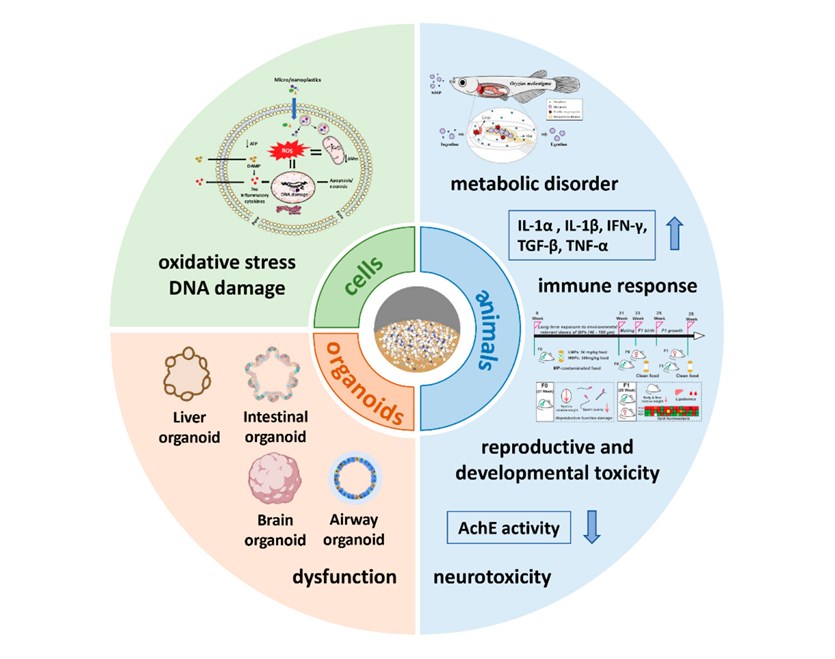
Human Health Impacts of Plastic
Plastic is omnipresent in our everyday lives, and we are all ingesting plastic particles through breathing, drinking, eating and skin exposure.
In addition, in extracting and refining fossil fuels for plastic production, highly toxic chemicals are released including known carcinogens and substances hazardous to reproductive and developmental health. Plastic waste management processes, like incineration, expose people to lead, mercury, acid gases, and organic chemicals. Plastic never degrades but becomes micro and nano particles in the environment, and in our bodies.
It has been found in our blood, organs, 100% of tested placentas, and is being deposited in our brains at a higher rate. Plastic particles are not inert but contain many chemicals that can cause cancer, immune system dysfunction, neurological disease, infertility, obesity, diabetes, infertility and consequences that are yet to be discovered.
This short video from The Guardian's: It's Complicated explains how human organs and aspects of health are affected by plastic exposure:
How plastics are accumulating inside our brains
Find more details in the below article.

Impacts of Climate Change on Ocular Health: A Scoping Review
Climate change is likely to increase the incidence of cataracts, severe allergic eye disease, glaucoma, age-related macular degeneration, trachoma infections, vitamin A deficiency, and eye injuries.
Find more details in the below article.
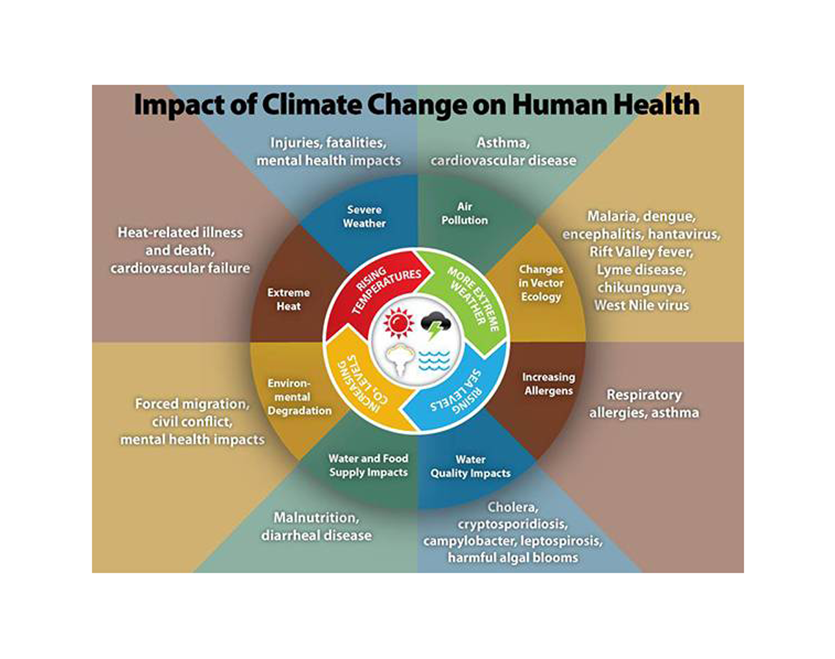
Climate Change Is Affecting Our Health. Is There a Cure?
Public health is being impacted by climate change via many pathways: from alterations in infectious disease transmission to water-source compromise, malnutrition, air pollution, and other factors. This Tedx talk by Jonathan Patz, MD, MPH, son of Arnall Patz, MD, the discoverer of ROP, includes recent analyses that show how mitigating global warming provides extensive health opportunities, as well as major savings in healthcare costs.
The Public Health Impact of Climate Change
Victor Dzau, MD, President of the National Academy of Medicine, provides an overview of the public health impact of climate change (speaking to the 2022 Medical Society Consortium on Climate and Health Annual Meeting).
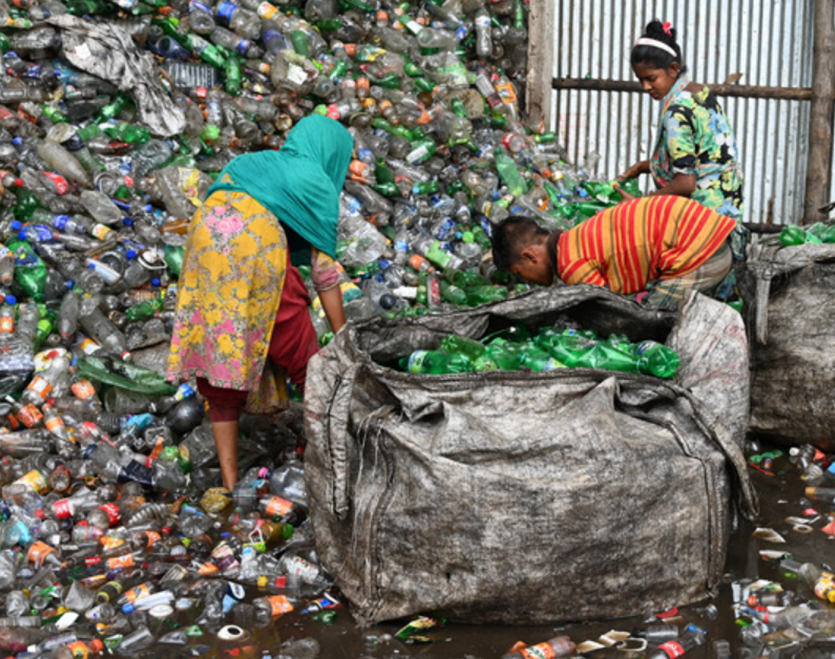
Plastic pollution: How the health community can fight the problem
Tackling the plastic pollution crisis demands a global, transparent approach, prioritizing the right to a healthy life and environment. Effective solutions must focus on reducing the production, use, and disposal of plastic and its associated toxic chemicals.Throughout the entire life cycle of products, from the extraction of raw materials to waste management, plastics pose threats to environmental and community health. The production and disposal of plastics also contributes significantly to climate change.
The extraction and transportation of fossil fuels needed for plastic production releases considerable quantities of chemical pollutants imposing risks to the ecosystem and air quality;1 workers in the petrochemical industry and people living in the vicinity of oil plants are particularly vulnerable.15
The global health community should urgently:advocate for the adoption of a circular economy model in healthcare to reduce plastic medical waste.
Find more details in the below article.
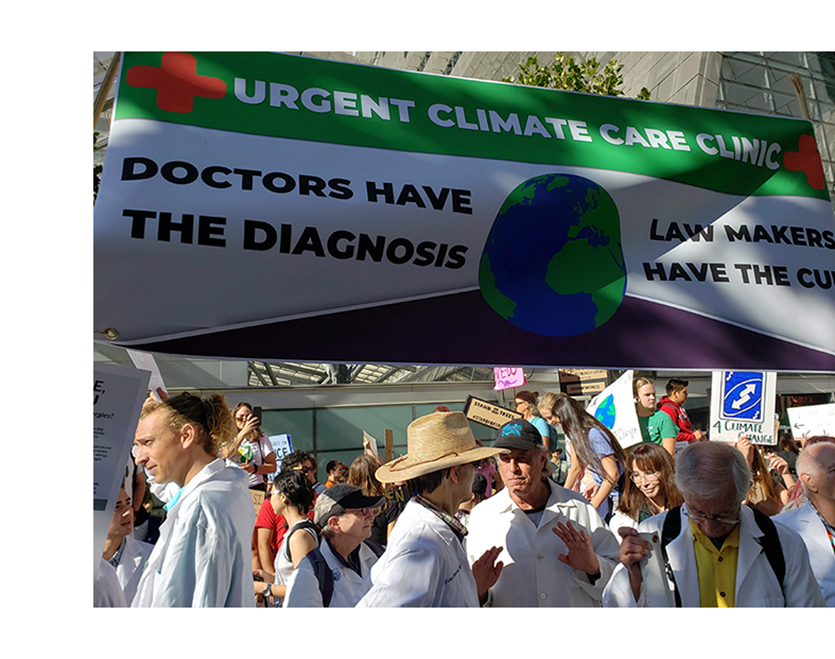
Climate change and global health: A call to more research and more action
Climate change and increased pollution will have a profound and mostly harmful effect on human health. This review brings together international experts to describe both the direct (such as heat waves) and indirect (such as vector-borne disease incidence) health impacts of climate change. These impacts vary depending on vulnerability (i.e., existing diseases) and the international, economic, political, and environmental context. This unique review also expands on these issues to address a third category of potential longer-term impacts on global health: famine, population dislocation, and environmental justice and education.
Find more details in the below article.
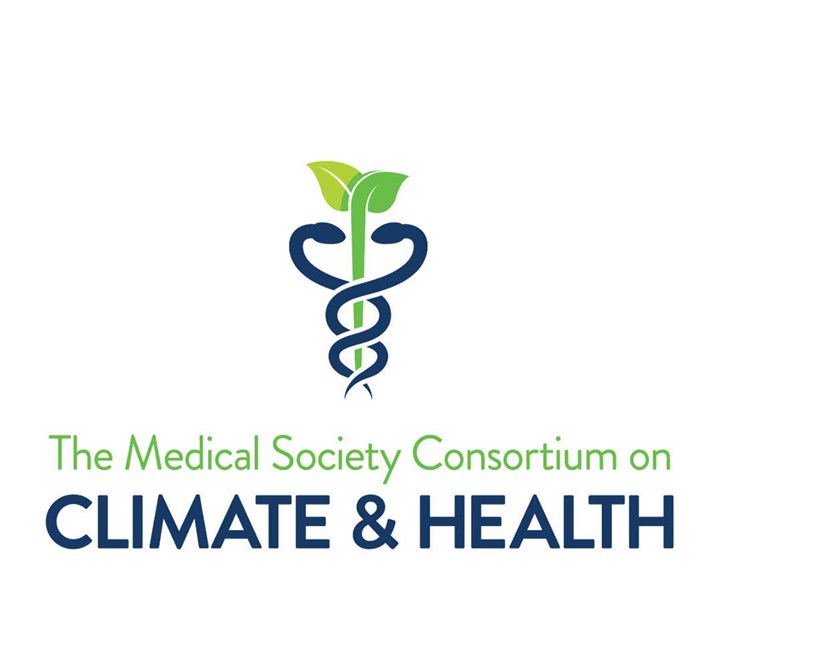
Medical Society Consortium on Climate and Health
The AAO and ASCRS are members of the Medical Society Consortium on Climate and Health. The mission of the Consortium, launched in 2016, is to organize, empower, mobilize, and amplify the voices of US doctors. In partnership with public health experts and fellow health professionals, the Consortium advocates for equitable climate solutions that protect and promote the health of all people.
Climate Resources for Health Education
CHRE is an collection of expert-reviewed learning resources for incorporation of climate change education in health curricula. There is open access to case studies and slide decks, and you can contribute material to the collection.

Climate Rx
ClimateRx allows those interested in the intersection of eye care and environmental health to join a broader community of health professionals dedicated to climate/health education, action and advocacy. The site provides accessible links to user-friendly resources such as relevant peer-reviewed publications and 'prescription' pages in both English and Spanish providing education on the health impacts of climate change. Such resources can help physicians develop a toolbox to connect with patients, colleagues and political leaders. Eye care professionals can also register for a free training eligible for CME credit sponsored by ecoAmerica to become a Climate for Health Ambassador to further their role in climate action and advocacy.
Summary by Shefali Sood, MD MPA
